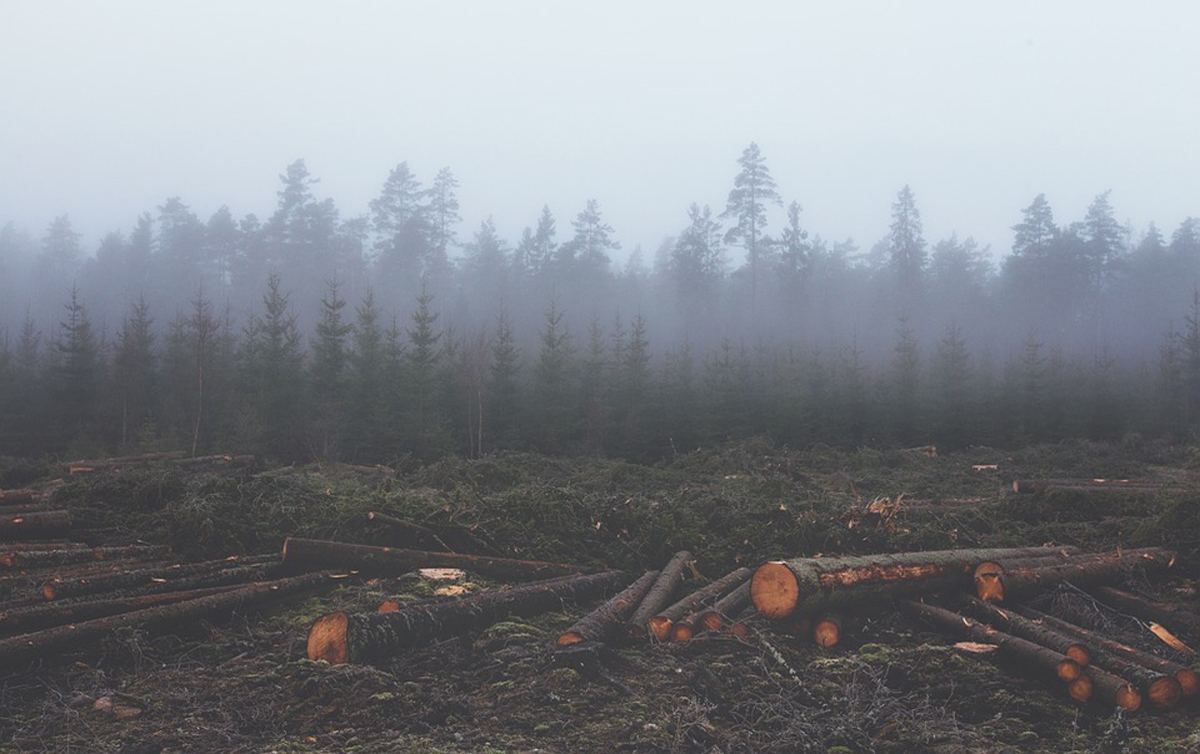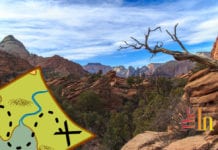 Deforestation unleashes new diseases
Deforestation unleashes new diseases
By Dr. Rob Cohen
Every minute, logging companies and farmers cut down or burn about 30 football fields’ worth of forest in developing nations. That’s not just an environmental tragedy. By forcing animals from their habitats and bringing them into closer contact with humans, deforestation accelerates the spread of dangerous animal-borne diseases like Ebola, Zika, Lyme, and the plague.
In other words, deforestation doesn’t just kill trees and animals — it kills people. Leaders worldwide must start treating it as a public health crisis in addition to an environmental one.
Humans cut down trees for many reasons. Farmers need space for crops and livestock. Governments need room for new roads. Companies from homebuilders to candy makers rely on lumber, wood pulp, and other commodities harvested from forests.
The problem is huge. Every year, 18.7 million acres of forest — an area roughly the size of South Carolina — vanish. From August 2015 to July 2016, the rate of deforestation in the Amazon surged 29 percent compared to the previous 12 months. If deforestation continues at its current pace, every rain forest on the planet will disappear within 100 years.
This assault on animals’ environment has unleashed many of the most dangerous diseases of the 20th century.
Consider the case of Madagascar. I traveled there in November to aid with the international response to their first-ever urban outbreak of pneumonic plague — a disease similar to the Black Death but deadlier. More than 2,000 cases were reported, and 200 people died. The outbreak closed schools, reduced tourism, and overwhelmed the health system.
Deforestation fueled this disaster. During the rainy season, locals burn forests to create more room for crops. The fires drive plague-carrying rats into nearby communities. The island nation, plague-free a century ago, now reports more cases of the disease annually than any other country.
Deforestation has also accelerated the spread of the Zika virus, which has caused thousands of children to be born with severe brain defects in the Western Hemisphere including 51 in the United States in 2016. Ebola outbreaks preferentially occur in recently deforested areas of Central and West Africa. In Brazil, deforestation has likely engendered several recent outbreaks of yellow fever by dispersing mosquitoes into new territory.
These diseases were virtually unknown to humans a generation ago, yet new epidemics are appearing almost yearly now. It’s petrifying to consider what diseases could emerge in the next generation.
Fortunately, there are several ways to stop deforestation.
Richer nations could pay developing countries to stop cutting down trees. Take the case of Liberia. In 2008, the country sold half its forest to timber companies. Six years later, the government of Norway agreed to pay Liberia $150 million to end legal logging operations and develop programs to protect forests.
Organizations could also partner with locals to establish protected areas and generate revenue from tourism. Consider the World Bank’s Transfrontier Conservation Areas Program in Mozambique. Since 1996, the initiative has helped preserve forests and boost tourism. Now nearly one quarter of the country’s land is under formal conservation.
Large companies could also pressure vendors to embrace responsible forestry practices. Thus far, many have failed to do so. Of the 250 companies with the greatest influence over forests, only 18 earned a top score for their efforts to prevent deforestation, according to watchdog group Global Canopy Programme.
Deforestation isn’t merely a threat to the environment. It endangers humanity’s present and future. Madagascar’s pneumonic plague, Liberia’s Ebola, Brazil’s Zika, and the United States’ expanding Lyme problem must be a wakeup call about the need to protect forests.
Rob Cohen, M.D., M.P.H., is a physician and Army veteran who works on public health projects in Africa, Asia, and Latin America. Follow him on Twitter @RobCohenMD. His book, “Boom without Bust,” will be published in 2019.
Articles related to “Deforestation unleashes new diseases”
Human population growth: Is the explosion a blessing or a curse?
The viewpoints expressed above are those of the author and do not necessarily reflect those of The Independent.
How to submit an article, guest opinion piece, or letter to the editor to The Independent
Do you have something to say? Want your voice to be heard by thousands of readers? Send The Independent your letter to the editor or guest opinion piece. All submissions will be considered for publication by our editorial staff. If your letter or editorial is accepted, it will run on suindependent.com, and we’ll promote it through all of our social media channels. We may even decide to include it in our monthly print edition. Just follow our simple submission guidelines and make your voice heard:
—Submissions should be between 300 and 1,500 words.
—Submissions must be sent to editor@infowest.com as a .doc, .docx, .txt, or .rtf file.
—The subject line of the email containing your submission should read “Letter to the editor.”
—Attach your name to both the email and the document file (we don’t run anonymous letters).
—If you have a photo or image you’d like us to use and it’s in .jpg format, at least 1200 X 754 pixels large, and your intellectual property (you own the copyright), feel free to attach it as well, though we reserve the right to choose a different image.
—If you are on Twitter and would like a shout-out when your piece or letter is published, include that in your correspondence and we’ll give you a mention at the time of publication.



